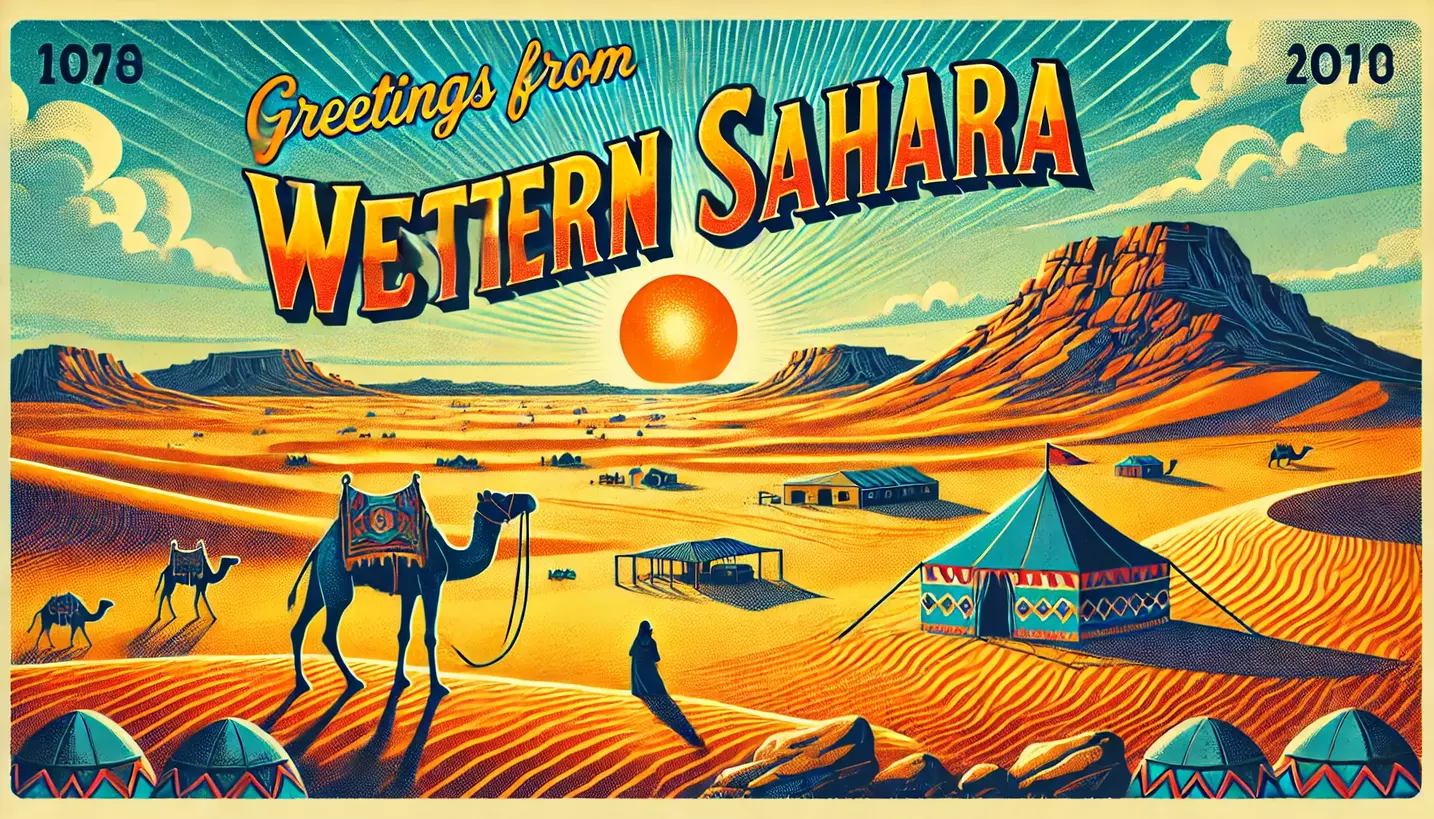Welcome to Western Sahara, a land of stark beauty and disputed territories. Situated in North Africa, this region is known for its vast desert landscapes, unique culture, and complex political situation. Let's embark on a journey to explore the wonders and challenges of Western Sahara.
Western Sahara's most prominent feature is the Sahara Desert, one of the world's largest and most inhospitable deserts. The golden sand dunes stretch as far as the eye can see, creating a surreal and mesmerizing landscape. Visitors have the opportunity to experience the solitude and silence of the desert, immersing themselves in its otherworldly beauty.
The nomadic tribes of Western Sahara, such as the Sahrawi people, have thrived in this harsh environment for centuries. Their traditional way of life is centered around camel herding and trading. Visitors can interact with these hospitable communities and learn about their customs, songs, and colorful traditional clothing, often embellished with intricate embroidery.
Western Sahara's coastal areas offer a striking contrast to the desert's arid plains. The Atlantic coastline boasts beautiful beaches and fishing villages where locals make a living from the sea. The region's rich marine life, including dolphins and seabirds, makes it a haven for nature lovers and birdwatchers.
Western Sahara's political situation is complex and subject to ongoing international attention. The territory has been at the center of a long-standing dispute between Morocco, which claims sovereignty over the region, and the Polisario Front, a movement advocating for the self-determination of the Sahrawi people. The situation has led to tension and challenges for the local population and has shaped the region's history and identity.
The city of Laayoune serves as the de facto capital of Western Sahara, where visitors can gain insights into the region's history and culture. The Museum of Laayoune showcases artifacts and exhibits that depict the area's historical and cultural heritage. Additionally, the city offers a glimpse into the modern development of the region, reflecting Morocco's influence on the area.
Western Sahara's rich handicraft traditions are worth exploring. The Sahrawi people are skilled in crafting exquisite items such as leather goods, carpets, and pottery. Visitors can find these unique souvenirs in local markets and cooperatives, supporting the artisans and preserving their cultural heritage.
As Western Sahara is still a region of ongoing political sensitivity, it is essential for visitors to respect local customs and adhere to the travel guidelines set forth by the relevant authorities. It's advisable to consult updated travel advisories and follow local regulations during your visit.
In conclusion, Western Sahara is a land of enigmatic beauty and cultural richness. Its vast desert landscapes, nomadic traditions, and coastal allure create a compelling destination for adventurous travelers. While the region's political situation poses challenges, it's important to approach Western Sahara with an open mind and a respectful attitude towards its people and history. So, embark on a journey of discovery and contemplation in this unique North African territory – a place that sparks curiosity and leaves a lasting impression on those who venture into its mysterious expanse.

 * AI generated postcard, mistakes are possible
* AI generated postcard, mistakes are possible